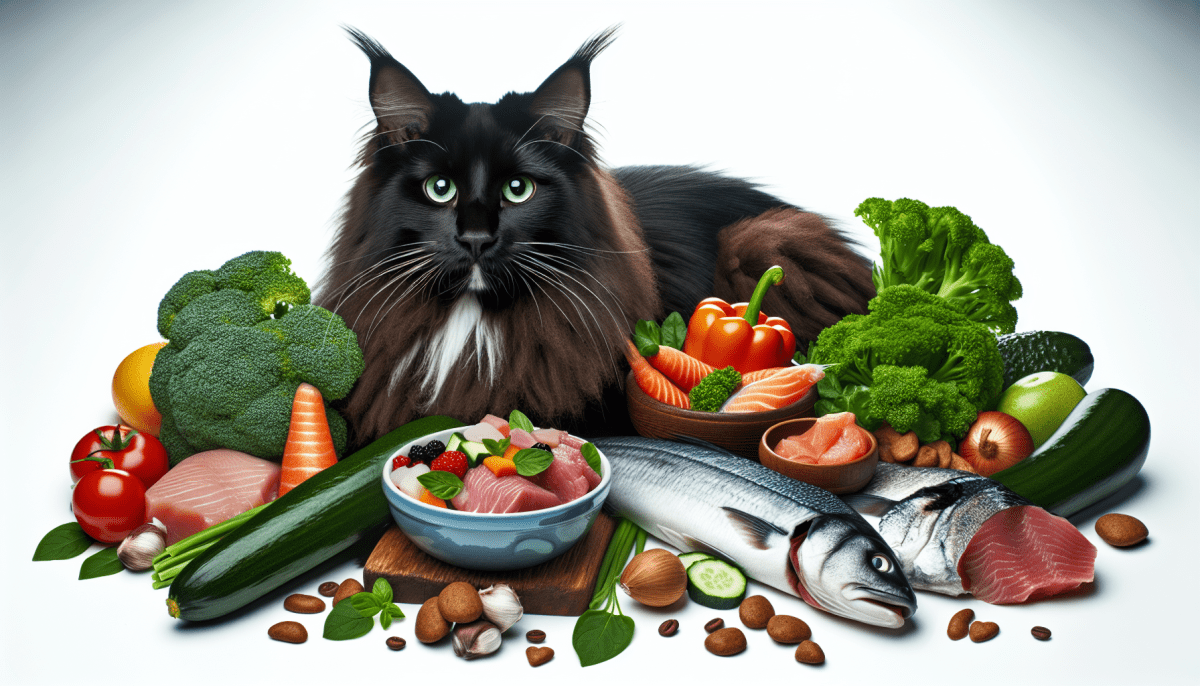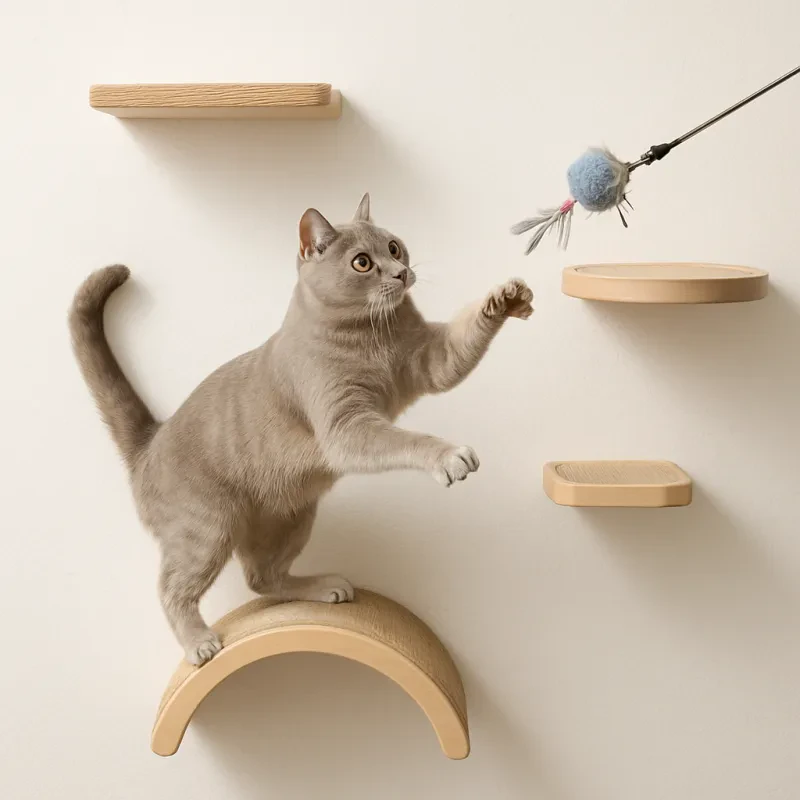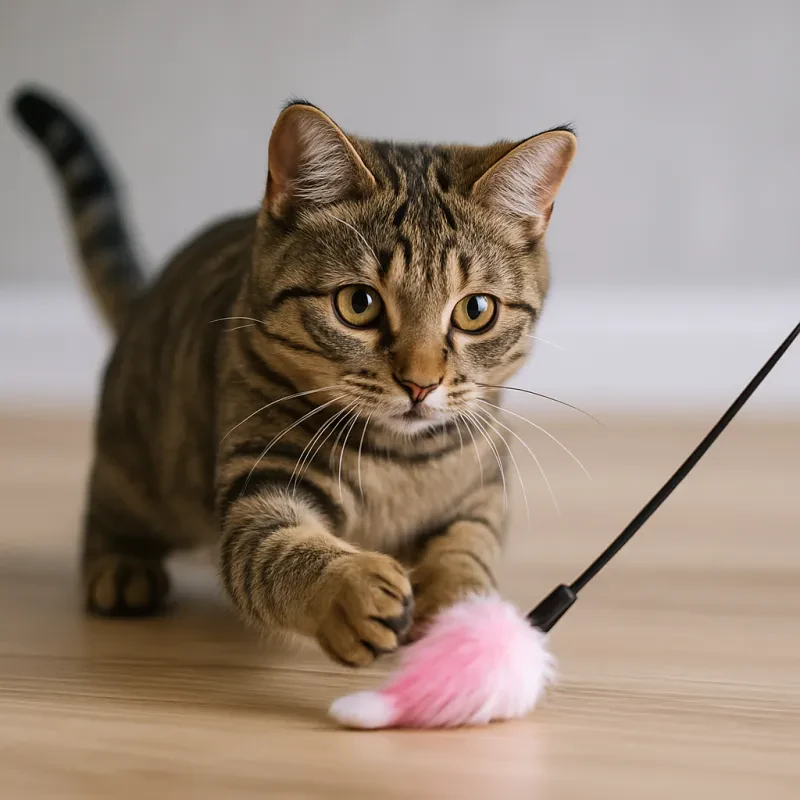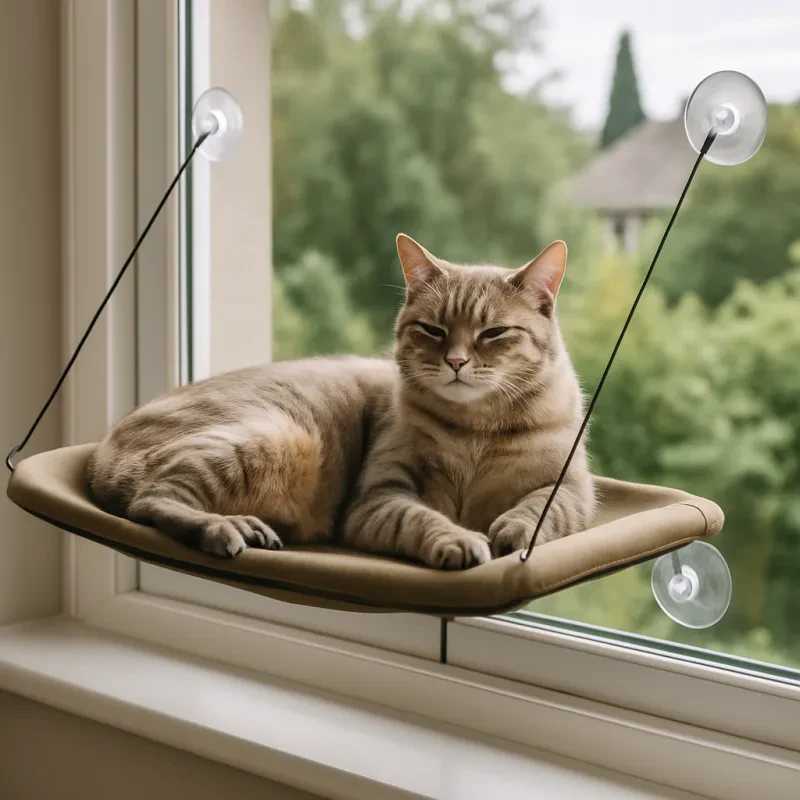Cats are carnivores and it goes without saying that they require a diet that reflects their natural evolution and needs. Raw cat food has been gaining a lot of traction in recent years as owners gain a better understanding of the benefits that it can offer their beloved pets. This article will discuss the ways in which feeding raw cat food can greatly improve your cat's quality of life and provide them with the nutrition they need to lead a healthy and active lifestyle.
II. Why Raw Cat Food is Healthier
Raw cat food has numerous health benefits when compared to processed cat food. It's easier for cats to digest and can help improve their nutrient absorption due to the natural enzymes present in raw food. Natural enzymes make it easier for cats to break down the food, allowing them to absorb more nutrients. Additionally, processed cat food typically contains artificial additives and preservatives that are not found in raw cat food.
Raw cat food is also typically less processed and contains fewer by-products and fillers than traditional cat food. These ingredients – specifically by-products and fillers – can cause digestive upset in cats and make the food more difficult to break down. In comparison, raw cat food is nutrient dense and easier for cats to digest.
Due to its natural freshness, raw cat food is also less likely to contain any preservatives or other additives. This means more of the natural vitamins, minerals, and nutrients are retained within the food, giving your kitty the best possible nutrition. Plus, the rich animal fats found in raw cat food reduce the risk of urinary tract infections, allergies and other metabolic issues in felines.
III. Nutritional Value of Raw Cat Food
Raw cat food provides superior nutrition that is easier for cats to digest than traditional cat food. In fact, raw food can provide up to 90 percent of the protein, vitamins and minerals cats need to thrive and stay healthy. Raw food is also naturally rich in Omega-3 and Omega-6 fatty acids, which help promote healthy skin and coat. The natural fiber in raw cat food also helps keep cats regular.
Raw cat food contains no grains or fillers, which are commonly found in many commercial cat foods. Grains, such as corn and wheat, can cause allergies in cats that can manifest as skin issues and digestive upset. Raw food sourced from human grade meats, poultry and fish are free from additives, preservatives, and added hormones.
Overall, raw cat food is highly nutritious and provides cats with the essential fatty acids, proteins and minerals that are essential for a healthy, balanced diet. It is also generally easier for cats to digest, resulting in less digestive upset.
IV. Pros and Cons of a Raw Food Diet for Cats
Pros: Raw food diets for cats offer several advantages. Since raw food diets typically consist of natural ingredients, they provide cats with the essential vitamins, minerals, and proteins they need to stay healthy. Raw diets are also great for cats who may be sensitive to grains, as they are usually grain-free. Additionally, raw foods contain fewer carbohydrates and more protein than most commercial cat food for a better balance of nutrients.
Cons: While raw food diets have many benefits, there are also some potential risks to be aware of. Due to the lack of preservatives and heat processing, raw food diets may contain higher levels of harmful bacteria. It's important to always make sure that you handle your cats raw food properly in order to avoid any safety issues. Additionally, since raw food diets are more expensive than commercial cat food, it can be difficult to keep up with the cost.
V. Brand Options and Cost Considerations
If you're considering switching your cat to a raw diet, there are a number of brands to choose from. Popular brands of raw cat food include Primal Pet Foods, Wellness CORE RawRev, Stella & Chewy's, Nature's Variety Instinct, and Ziwi. Each brand offers different flavors and food selection, with prices ranging from mid-range to more expensive. Consider your cat’s preferences and unique nutritional needs when evaluating which brand and type of food is best for your pet.
When looking into the cost of raw cat food, keep in mind that it's typically more expensive than kibble, both initially and in the long run. The cost of a raw diet also depends on the ingredients you purchase, as some of them have a higher price tag than others. However, as with any food choice, feeding your cat quality ingredients usually yields a healthier feline in the long run.
VI. Environmental Benefits of Feeding Cats Raw Food
Feeding your cats raw food can have many environmental benefits. First, using raw food helps to reduce food waste. When cats consume raw food, they are able to extract more nutrients than if they were fed processed food, which can lead to less waste overall. Raw food is also free from preservatives and other artificial ingredients, which can reduce the amount of chemicals that enter the environment. Additionally, many raw foods are organic, which can help to reduce the use of artificial pesticides.
Secondly, raw food can also help to reduce our carbon footprint. Unlike processed food, raw food is not energy-intensive to produce. And because it’s not packaged in cans or boxes, it uses less energy to transport. This can lead to a reduced overall environmental impact.
Finally, raw food diets are much more sustainable than processed food diets. Because raw foods are sourced from ethical and sustainable sources, such as local farms, their impact on the environment is minimal. This can help to reduce our overall ecological footprint.
VII. Is Raw Food Right for All Cats?
Although raw food diets can be beneficial for cats, not all cats will benefit equally or have the same needs. Some cats may find it difficult to digest raw food due to health issues or a sensitive stomach. Also, cats with certain health conditions may not do well with a raw diet due to their medical condition.
It is important to consult with a vet before switching your cat's diet to a raw diet to ensure that it is the best option for your cat. Also, cats must be monitored closely when transitioning to a raw diet, as health problems can quickly arise if the cat is unable to digest the food properly.
Furthermore, cats with weakened immune systems should not be switched to a raw diet. Cats with weakened immune systems will struggle to digest food containing bacteria found in raw cat food, and can potentially lead to further health issues.
It is important to bear in mind that each cat is an individual and has their own specific nutritional needs. There is no one-size-fits-all approach to feeding your cat. It is best to speak to your vet when determining the best feeding plan for your cat.
VIII. Conclusion
Overall, there are great benefits to feeding your cat a raw food diet. Not only will you provide them with natural, nutrient-packed meals, but you can also help support their digestive health while promoting their overall well-being. Not all cats will thrive on a raw food diet, so it’s important to check with your veterinarian before making any changes to your cat’s diet. If you’re considering changing to raw cat food, you should definitely speak to your veterinarian first to ensure it is a safe, healthy option for your cat.



